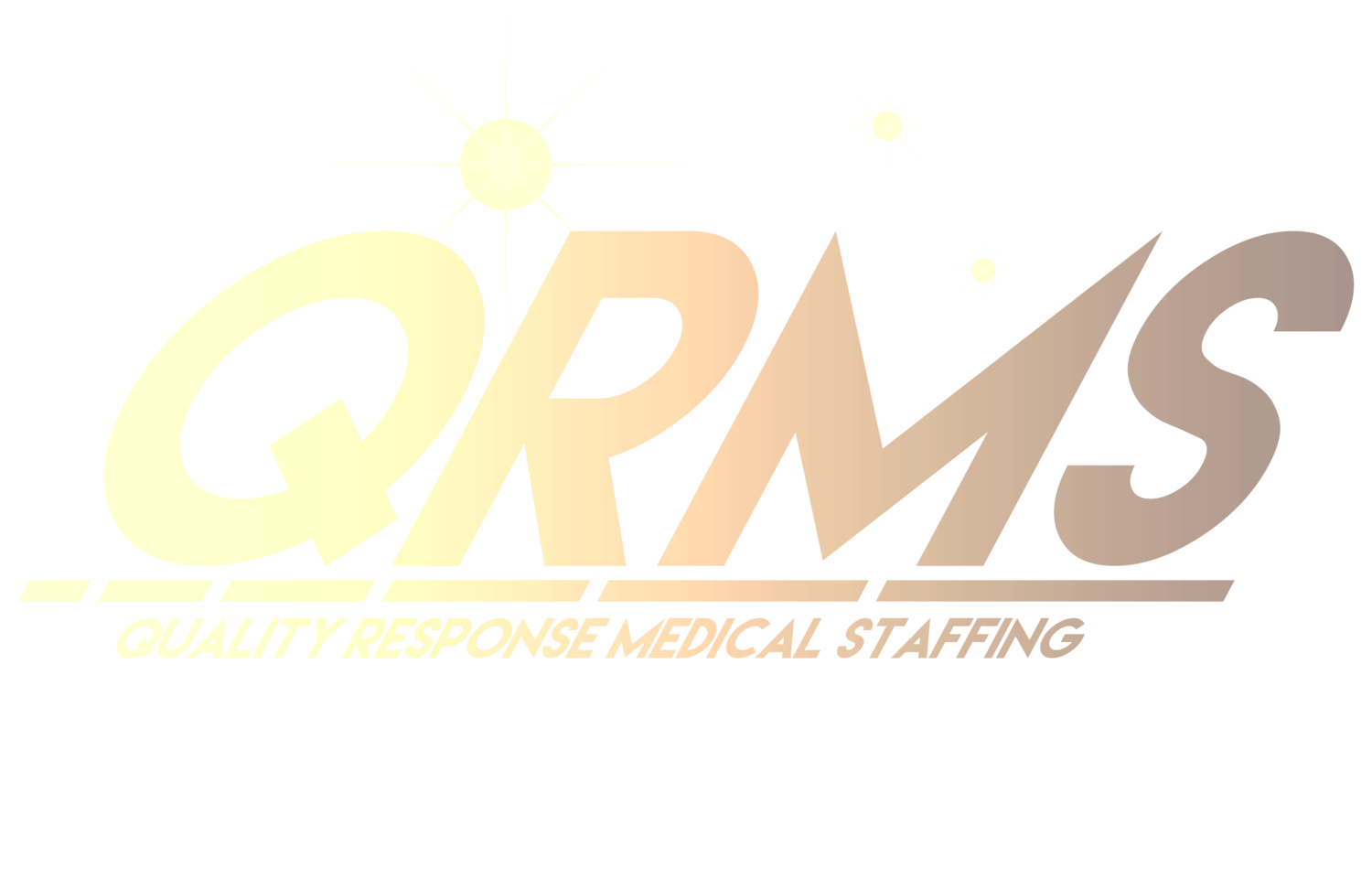Biohacking and Self-Quantification: The New Frontier of Personal Health Optimization
In a world where technology and health intersect more than ever before, the concepts of biohacking and self-quantification have emerged as cutting-edge approaches to personal wellness. These practices, once the domain of tech enthusiasts and health extremists, have entered the mainstream, promising a new way to understand and optimize the human body. But what exactly do these terms mean, and how are they reshaping the future of health?
What is Biohacking?
Biohacking refers to the practice of making small, incremental changes to one's lifestyle, biology, and environment to improve physical and mental performance. At its core, biohacking is about taking control of your biology through a mix of science, experimentation, and self-discipline. The ultimate goal is to enhance one’s health, longevity, and overall quality of life.
Biohacking can range from simple practices like adopting a specific diet or exercise routine to more advanced techniques like genetic modification, the use of nootropics (cognitive enhancers), or even implanting cybernetic devices into the body. The community of biohackers is diverse, encompassing everyone from wellness enthusiasts to technophiles exploring the boundaries of human potential.
What is Self-Quantification?
Self-quantification, often referred to as the Quantified Self movement, involves tracking and analyzing various aspects of one's life through data collection. This can include monitoring sleep patterns, heart rate, calorie intake, physical activity, and even cognitive functions. The goal is to gain insights into personal health and behavior patterns, allowing for data-driven decisions about lifestyle changes and health optimization.
The proliferation of wearable devices, health apps, and smart technology has made self-quantification accessible to a broad audience. From fitness trackers that log every step to apps that analyze sleep cycles, individuals now have unprecedented access to data about their own bodies.
The Tools of the Trade
The biohacking and self-quantification movements rely heavily on technology and innovation. Here are some of the tools commonly used in these practices:
Wearable Devices: Fitness trackers, smartwatches, and even smart rings can monitor various health metrics like heart rate, sleep quality, and activity levels. Devices like the Oura Ring and Fitbit are popular choices for those serious about self-quantification.
Nootropics and Supplements: Biohackers often use nootropics—substances that claim to enhance cognitive function—as part of their regimen. Supplements like omega-3 fatty acids, caffeine, and various herbal extracts are also commonly used to optimize brain performance and physical health.
Diet and Fasting Protocols: Intermittent fasting, ketogenic diets, and other specialized eating plans are popular among biohackers. These diets are often tailored to individual genetic profiles or specific health goals, such as improved metabolism or enhanced cognitive function.
Genetic Testing and Personalized Medicine: Companies like 23andMe and AncestryDNA offer genetic testing that provides insights into an individual’s predisposition to certain health conditions, nutrient absorption, and even athletic performance. This data allows biohackers to tailor their lifestyle choices to their genetic makeup.
Mental and Physical Training: Techniques such as meditation, neurofeedback, and high-intensity interval training (HIIT) are employed to sharpen mental acuity and physical endurance. These practices are often integrated into daily routines to boost performance.
Environmental Optimization: Biohackers often modify their surroundings to enhance well-being. This can include using blue light blockers to improve sleep quality, optimizing air quality with purifiers, or setting up standing desks to combat the effects of prolonged sitting.
The Ethics and Risks of Biohacking
While the potential benefits of biohacking and self-quantification are compelling, these practices are not without their risks and ethical concerns. The do-it-yourself nature of biohacking means that individuals are often experimenting with unregulated substances or unproven techniques, which can lead to unintended health consequences.
Moreover, the focus on self-improvement can sometimes border on obsession, leading to mental health issues like anxiety or body dysmorphia. The data-driven approach of self-quantification can also create a sense of inadequacy if one’s metrics do not meet perceived ideals, fueling a never-ending pursuit of perfection.
Ethically, the biohacking movement raises questions about accessibility and equity. Advanced biohacking techniques, such as genetic modification or implantable devices, are often expensive and available only to those with significant resources. This could lead to a future where only the wealthy can afford to enhance their bodies and minds, exacerbating existing inequalities.
The Future of Biohacking and Self-Quantification
Despite these challenges, biohacking and self-quantification are likely to play a significant role in the future of health and wellness. As technology advances, these practices will become more refined, with better tools for tracking, analyzing, and optimizing the human body. The integration of AI and big data could lead to personalized health plans that are more effective than ever before, taking the guesswork out of self-improvement.
Moreover, the growing community around biohacking is pushing for more research, regulation, and open dialogue about the best practices and potential pitfalls. As these movements evolve, they are likely to become more inclusive and accessible, allowing more people to take control of their health in meaningful ways.
Takeaway
Biohacking and self-quantification represent a new frontier in personal health optimization, blending the latest technology with a do-it-yourself spirit. While the potential for enhanced well-being is enormous, it is important to approach these practices with caution and a critical eye. As the line between science fiction and reality continues to blur, the conversation around biohacking and self-quantification will only grow more complex and fascinating, offering a glimpse into the future of human potential.
Health Disclaimer
The information provided here is for educational purposes only and is not intended as a substitute for professional medical advice, diagnosis, or treatment. Always consult with a qualified healthcare provider before starting any new health regimen or making changes to your diet, exercise, or medication routines. Use of this information is at your own risk.

